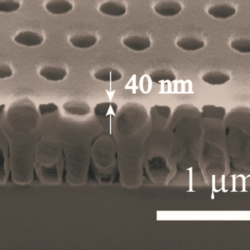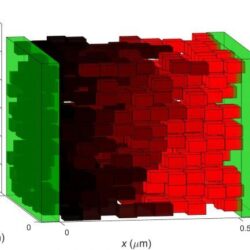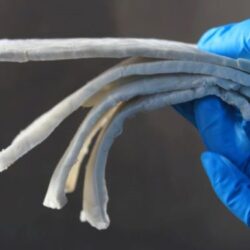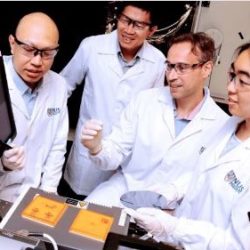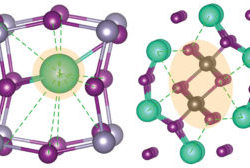Nanostructures unlock energy dissipation
Researchers from The University of Texas at Austin and North Carolina State University have discovered for the first time a unique property in complex nanostructures that has thus far only been found in simple nanostructures. Additionally, they have unraveled the internal mechanics of the materials that makes this property possible. In a new paper published Read more about Nanostructures unlock energy dissipation[…]
